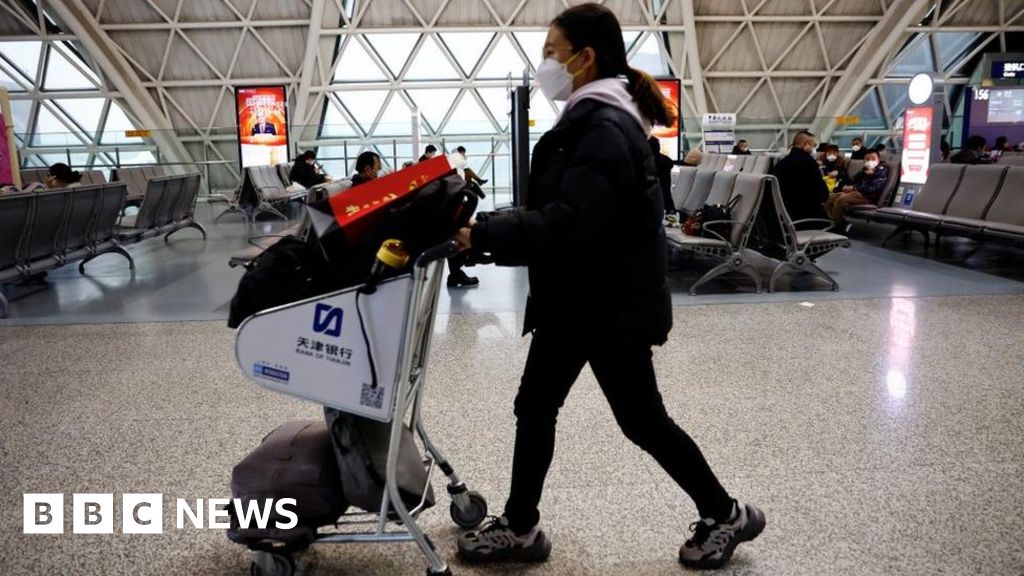US News
China has sailed one of its three aircraft carriers near the U.S. territory of Guam, Japanese officials confirmed, ending an already combative year with a rare move that Beijing signaled as a clear warning to the Biden administration over Taiwan.
The Chinese fleet, led by the aircraft carrier Liaoning, had already spurred several clashes with U.S. allies in the region with its tour of the western Pacific, most recently by conducting roughly 260 takeoff and landing drills near the Japanese island of Okinawa, home to a major U.S. military presence. The operations prompted the Japanese air force to scramble fighter jets and helicopters, as well as a destroyer and other elements of its self-defense forces.
But Japanese officials also confirmed Thursday that the Chinese vessels had transited to the south, near the western edge of territory the U.S. claims as part of the remote island of Guam – a critical element of America’s ability to project military might in the region as both a stopping point and a base for strategic Air Force bombers and Navy submarines.
Chinese state news framed the deployment as an overt provocation to the U.S. and a warning against continuing behavior this year that has outraged Beijing.
The operation “showed that the Chinese carrier is ready to defend the country against potential US attacks launched from there, including military interference attempts over the Taiwan question,” according to an article from the English-language Global Times, citing Chinese analysts.
Though not a direct mouthpiece for the Chinese Communist Party, U.S. officials believe the outlet is aligned with its views and regularly publishes what officials in Beijing choose not to say publicly themselves.
China claimed the Liaoning had never sailed so close to U.S. territory before. Press reports in 2019 indicated the carrier had approached Guam as a likely response to U.S. military exercises with its allies in the region at the time.
The U.S. Navy’s 7th Fleet, responsible for operations in the region, did not immediately respond to requests for comment, nor would it say if it had responded to the Chinese deployment in any way.
The move punctuates a year that has seen heightened tensions between Beijing and Washington. The Biden administration has expressed outrage at China’s continued national security crackdown on Hong Kong, the former British colony and semi-independent economic powerhouse that Beijing has increasingly taken under its control. Analysts generally believe China sees the assimilation of Hong Kong as a test-run for similar moves on other territories it considers its own.


